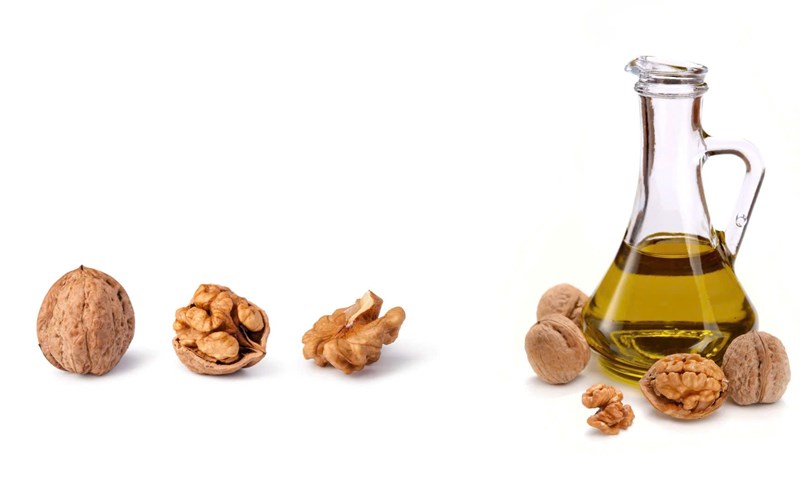Patient V.T.K.T (66 years old, Tan Binh District) was admitted to the hospital on May 5 in a state of fatigue and difficulty breathing while trying.
Through clinical and paraclinical examination, doctors determined that the patient had a history of clogged tricuspid coronary artery disease, high blood pressure, atherosclerosis of the blood vessel system, narrowing of the superior and lower limbs, and also discovered abdominal aortic aneurysm.
In particular, the ultrasound results of the heart showed that the patient had narrowed the aorta, one of the main causes of heart failure and could lead to death if not treated promptly.
Faced with the patient's complexity and high risk of performing open surgery, doctors at Thong Nhat Hospital held a consultation with leading experts and agreed to choose the TAVI method to replace the main artery valve with skin.
The procedure was performed through the thigh artery, in the form of on-site anesthesia, lasting about 1 hour and 30 minutes. The intervention went smoothly, the amount of blood loss was insignificant and no complications were recorded during the procedure.
After the procedure, the patient is completely awake, can eat and drink normally in a short time. The results of the after -time intervention show that the valve works well, not open to the valve, not filling the rim hole - the indicators confirm the intervention to achieve optimal results.
According to cardiologist experts, the TAVI technique is a major advance in the treatment of atherosclerosis, especially in older patients with complex underlying diseases or high risk of open surgery. This method helps eliminate the need for total anesthesia, reduce hospital stay, limit post-operative complications and help patients recover faster.
The treating physician said that thanks to the application of TAVI, patient T. avoided a major surgery with many potential risks and recovered soon to live normally. The success of this intervention marks another step forward in professional capacity and cardiovascular intervention techniques at Thong Nhat Hospital, while opening up hope for many high-risk cardiovascular patients who are not eligible for open surgery.











